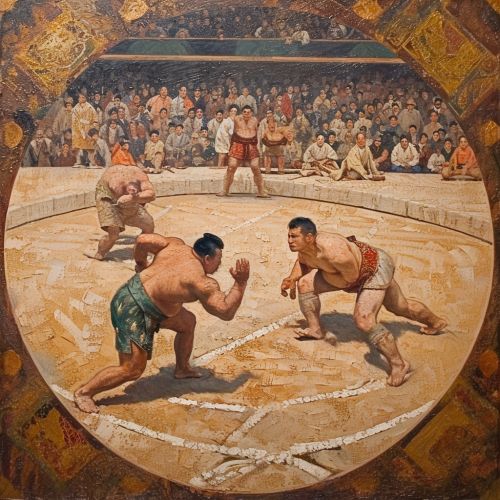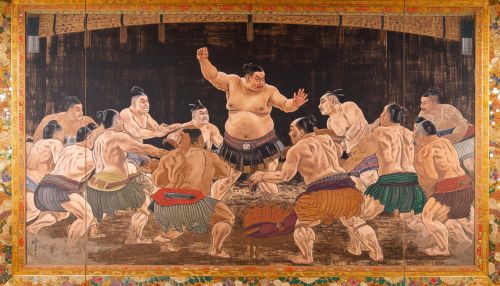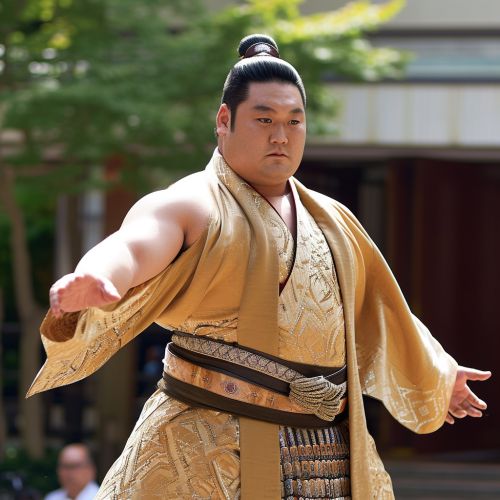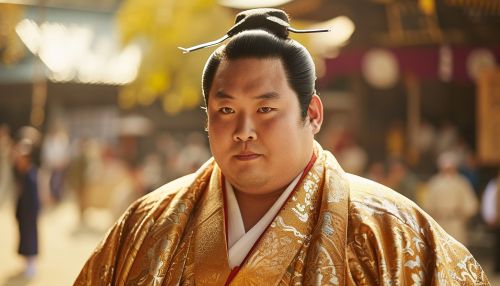Sumo
History
Sumo, a form of competitive full-contact wrestling, has a rich history that traces back to the Yayoi era (300 BC–300 AD) in Japan. It was originally performed to entertain the Shinto gods during religious rituals and festivals. Over time, sumo evolved into a professional sport during the Edo era (1603–1867), and it continues to be a major part of Japanese culture today.


Rules and Regulations
Sumo matches take place in a circular ring, known as a dohyō, which is 4.55 meters in diameter. The objective of each wrestler, or rikishi, is to force his opponent out of the ring or make him touch the ground with any part of his body other than the soles of his feet. Matches are typically short, often lasting only a few seconds, but they can occasionally last for several minutes.
Training and Lifestyle
Sumo wrestlers follow a strict regimen of training, diet, and lifestyle, all of which are regulated by the Japan Sumo Association. They live in communal training stables, known as heya, where all aspects of their daily lives—from meals to their manner of dress—are dictated by tradition.
Ranking System
The ranking hierarchy in sumo, known as the banzuke, is updated after each tournament based on the wrestlers' performance. The highest rank, Yokozuna, is awarded to those who have demonstrated exceptional skill and dignity in the ring.


Cultural Significance
Sumo holds a significant place in Japanese culture, embodying many ancient customs and traditions. It is not merely a sport, but a living example of traditional Japanese culture, with many elements of the matches—from the ceremonial rituals performed before each bout to the traditional attire worn by the wrestlers—reflecting centuries-old customs.
